Heading off in search of adventure means that at some point, you’re going to get stuck. New off-roaders often mistakenly think that pulling out the recovery gear is a sign they’ve done something wrong. But really, if you’re exploring places off the beaten track, it’s all just part of the journey. After all, we know the best destinations require tackling more challenging terrain.
When the sand gets too soft, the mud too boggy or the track too slippery, there’s a handful of items you’ll want at your disposal for a successful recovery. A snatch strap, a shackle (preferably soft), a winch and even a mate in another vehicle, to name a few.
But perhaps one of the most undervalued and overlooked things is the place where it all begins at your vehicle, and that’s a rated recovery point. Designed to safely manage the load stresses generated during a recovery situation, upgrading to rated recovery points means that when the inevitable happens, you’re ready to go.
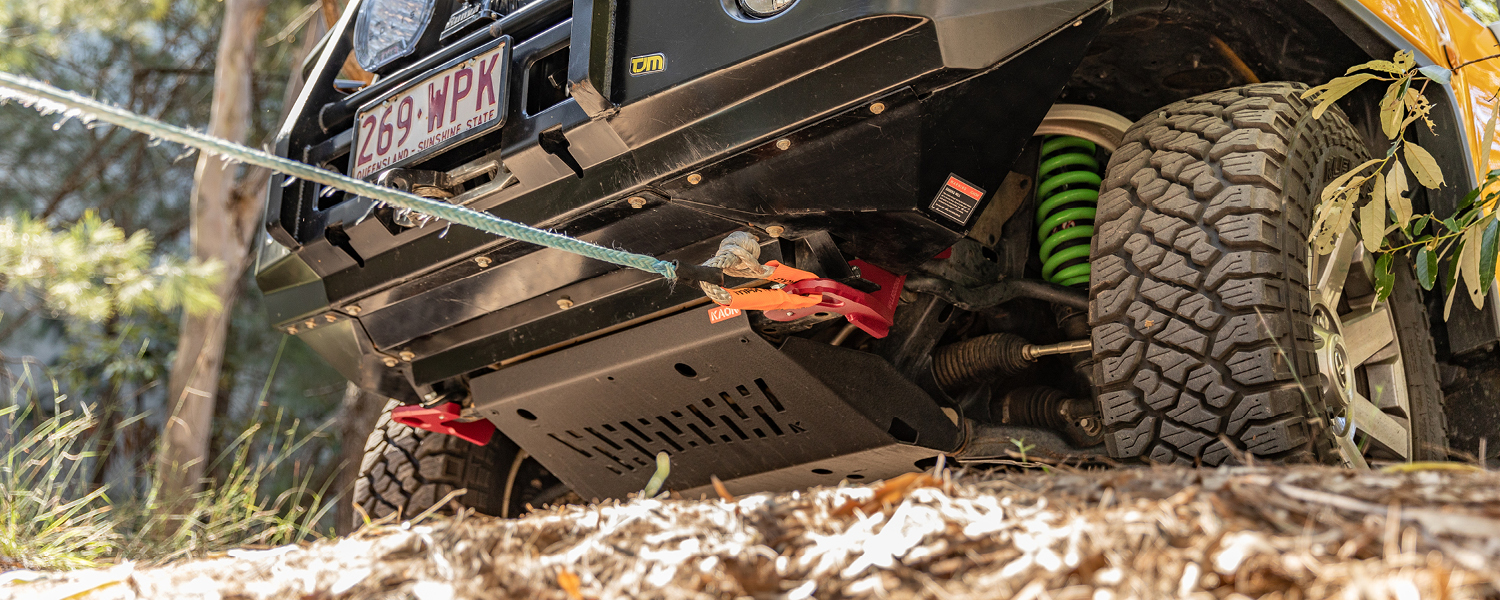
Some of the biggest recovery misconceptions surround whether the factory tie-down points on your vehicle are safe for use.
The answer to this is complex, and not all vehicles' points are made the same. In fact, we’ve seen some aftermarket recovery points that are less safe than the factory tie-down points.
Fundamentally though, when used on their own, factory tow points aren’t designed for the forces and loads at play in a recovery situation. Much less one performed in a less-than-ideal environment.
.jpg)
Put simply: a rated recovery point provides a specific attachment point to your vehicle, to safely transfer the loads generated during a recovery – whether that be with a snatch strap or a winch.
There are a lot of considerations that go into the design of a KAON rated recovery tow point. Right from the outset, our product development team look at:
All of these are essential considerations during the design and development process. Our recovery tow points usually go through quite a few 3D prototypes, and each we create gets us a little closer to ticking every box. It’s not until we have every factor worked out that we proceed to laser cut, CNC machine and weld the physical points for fitting, testing and rating.
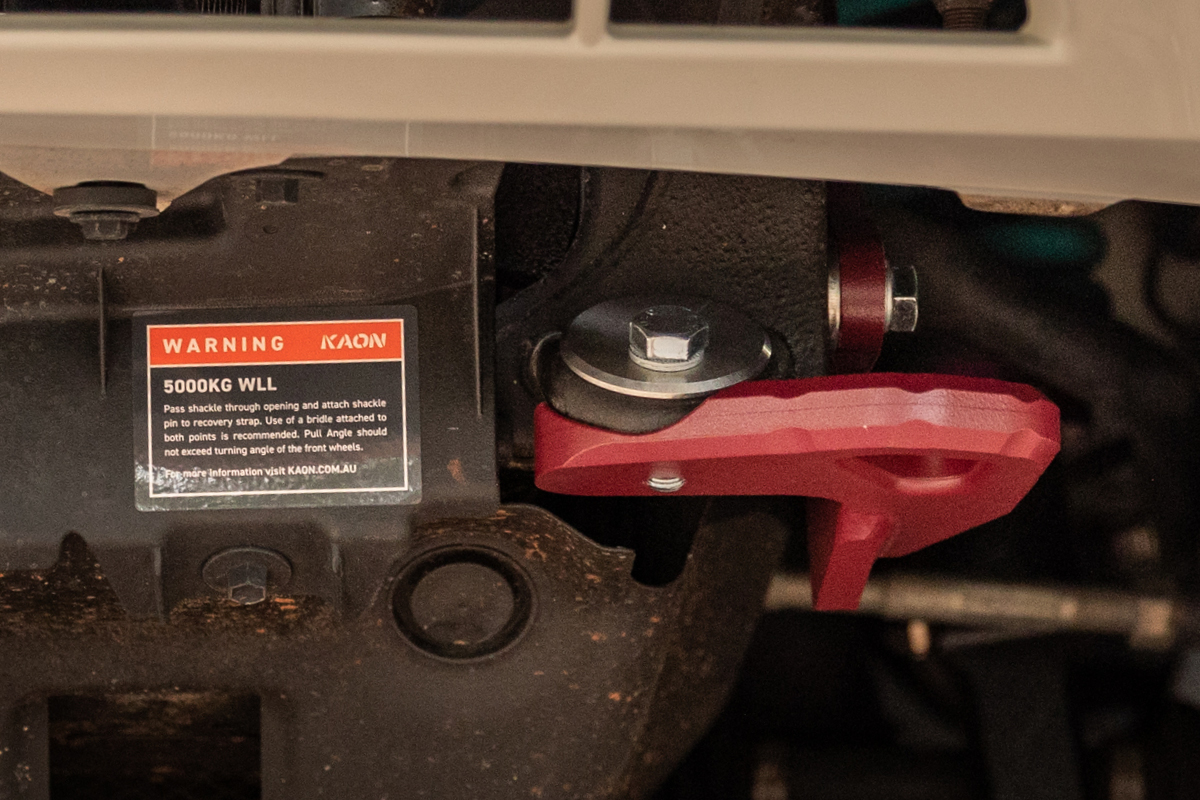
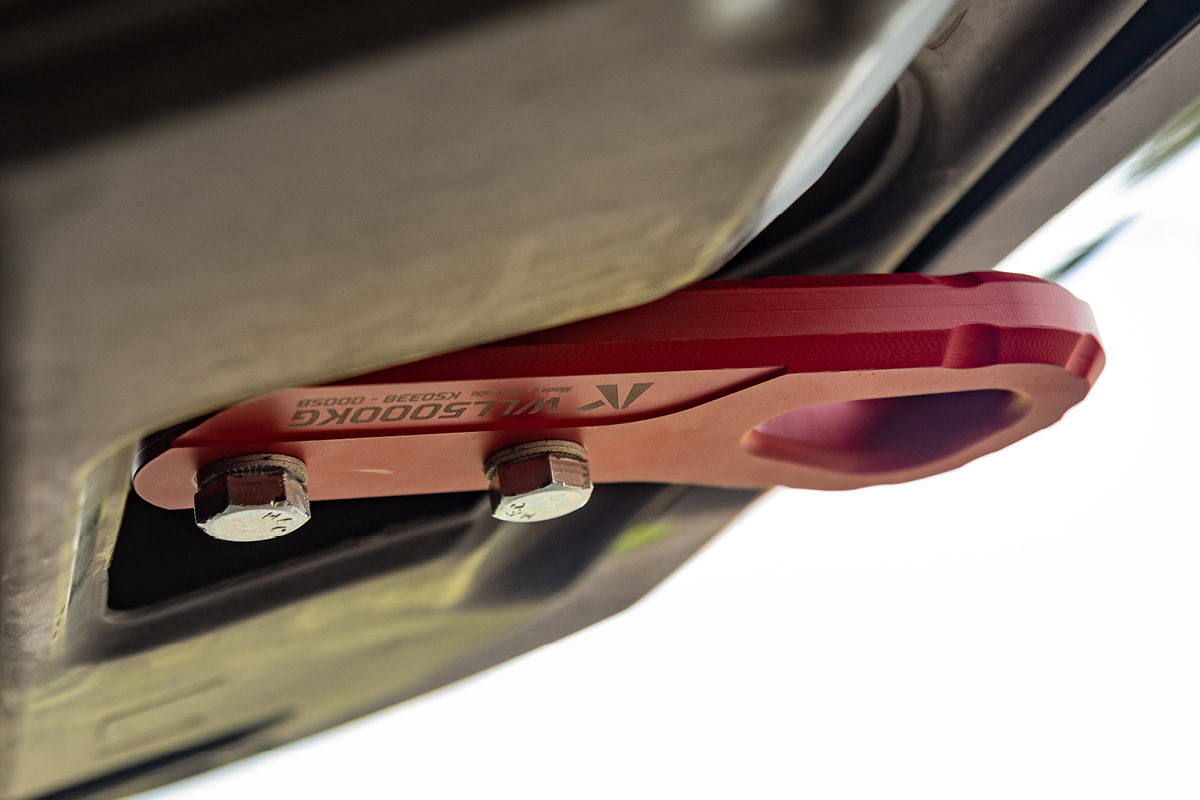
The debate around recovery points being “rated” is a contentious one. What many don’t realise is that there is no standard to which a recovery point must be tested, and therefore it pays to do your research. Not all rated recovery points are equal.
First of all, it’s worth noting that all recovery tow points are rated for an optimum recovery scenario. That is to say, a dead straight one. During a real-world recovery, there are many variables at play that can (and will) change the forces and loads on the recovery setup.
When we approach our recovery points, we look at the forces generated from both straight and angled recoveries; and consider both the overall point design and mounting accordingly. All our points are designed to safely transfer loads onto the vehicle chassis.
During testing, there’s one key objective that we’re working towards: that the weakest point is not the recovery point. If something is going to fail in a recovery, it’s ideal that it be the snatch strap, rope or cable. Quite simply, we want the least-destructive part of your setup to be the first to fail. It’s far safer to break a strap or a soft shackle than to snap a point from a vehicle.
When looking at recovery points, you should find a ‘WLL’ rating, which refers to its Working Load Limit. This is the maximum force a component can support during normal operation, and all our points are tested to twice the WLL.
You should always be able to find information for the rating marked directly onto the point itself, or on the product listing online. Use a poorly made or unrated point, and in a best-case scenario, you might bend the point. But in more severe instances, the point can fail and turn into a catastrophic, and sometimes even fatal, projectile.
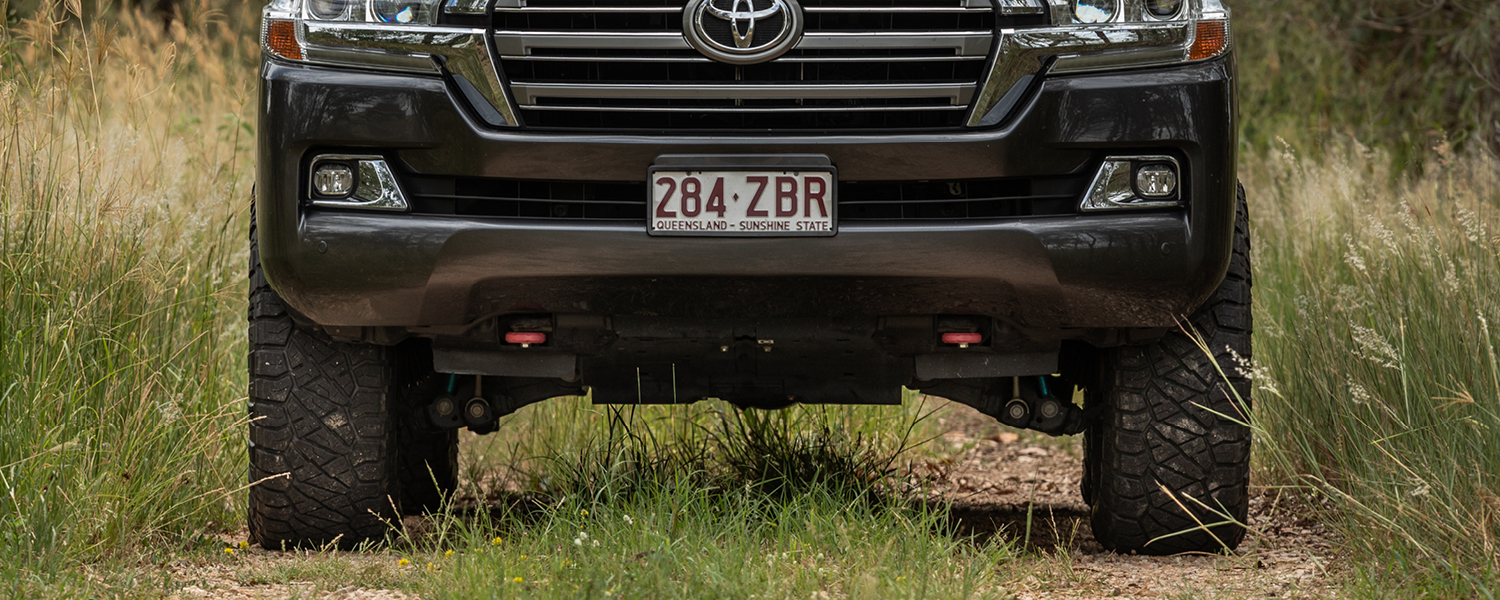
Having two recovery points isn’t essential, but we highly recommend it. All our recovery points are sold in pairs, and there are a few key reasons for this.
First is that in some situations, a single recovery point can become inaccessible. Blocked by a boulder, tree, buried deep in mud – it’s best to have options.
Then there is the fact that two points give you the ability to select the point that is positioned optimally based on the situation. You always want to aim for the straightest pull possible to reduce unnecessary stresses on both the recoverer and the recoveree. It also reduces the chances of a rollover when recovering in a precarious or off-camber environment.
Lastly, two points allow for an equalised – or bridle – recovery. If you haven’t seen a bridle before, it’s a small strap that looks somewhat similar to a tree trunk protector. Its purpose is to act as a bridge, connecting the two front points and effectively halving the load on each by distributing the forces across a wider area to minimise the risk of damage.
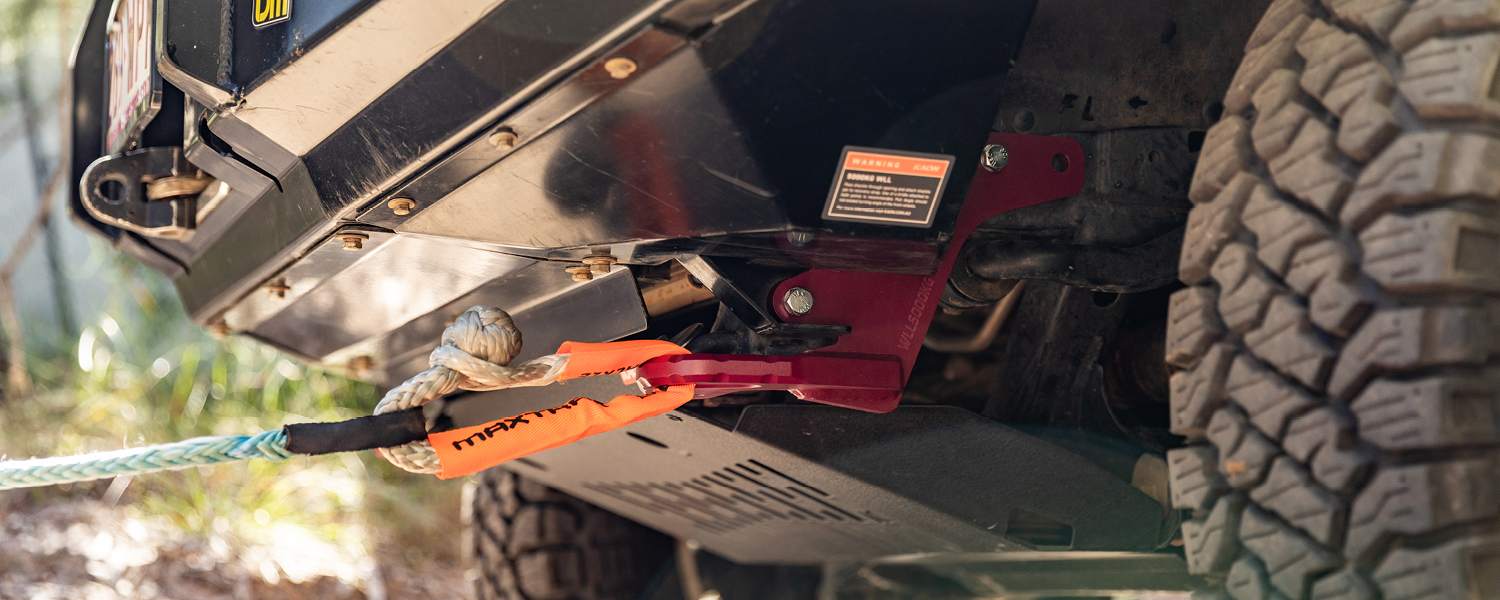
Now with the all-important rating aside, there are a few more things to consider when weighing up options.
Mounting & Clearances
The first key consideration is how the recovery point mounts to the chassis, and how that affects the ease of installation, as well as your clearance when heading off-road.
Take for instance recovery points to suit the Prado 150 and FJ Cruiser. Most options on the market usually mount to two points on the chassis rail. Now compared to this, our recovery point is a little unconventional. Not only does it secure to the standard mounting locations, but it also takes up a third point: the factory tie-down point. We know what you’re thinking: didn’t we just say you shouldn’t use it? Well, yes – on its own. However, when paired with the two standard mounting locations this trio gives our point a unique advantage.
The standard two mounting points are strong, but are vulnerable to a peeling type of force during an angled recovery. We've seen many a Prado 150 recovery point bent beyond repair on customer vehicles, and the owners generally attribute the damage to a straightforward – but angled – recovery. The action of pulling from the side of the vehicle bent the recovery point and even began to damage the mounts themselves.
Tying the mounting of our recovery point into the factory tie-down provides mounting on a second plane, which shares loads more evenly and results in a more robust point with superior performance in angled recoveries.
Taking the Prado 150 and FJ Cruiser Recovery Point design a step further, utilising this second plane for mounting also allows us to reimagine the shackle opening. We’ve leveraged this in the form of a horizontal opening, allowing for greater clearances and approach angles, and we all know just how important that is when heading off-road.
Soft & Hard Shackle Friendly
We’re big fans of the soft shackle, which has taken the 4x4 landscape by storm over the last decade. We recommend soft shackles to all our customers, for one simple and compelling reason: they are fundamentally safer if a recovery goes wrong.
It’s because of this that all our recovery points also feature smooth edges and transitions to ensure better performance and prolong the life of your soft shackle. We also pair this with a longer slot opening on all our recovery points, which allows for a soft shackle to be easily passed through.
For those who prefer the classic steel bow shackle, all our recovery points feature an 11.5mm internal radius to accommodate them.
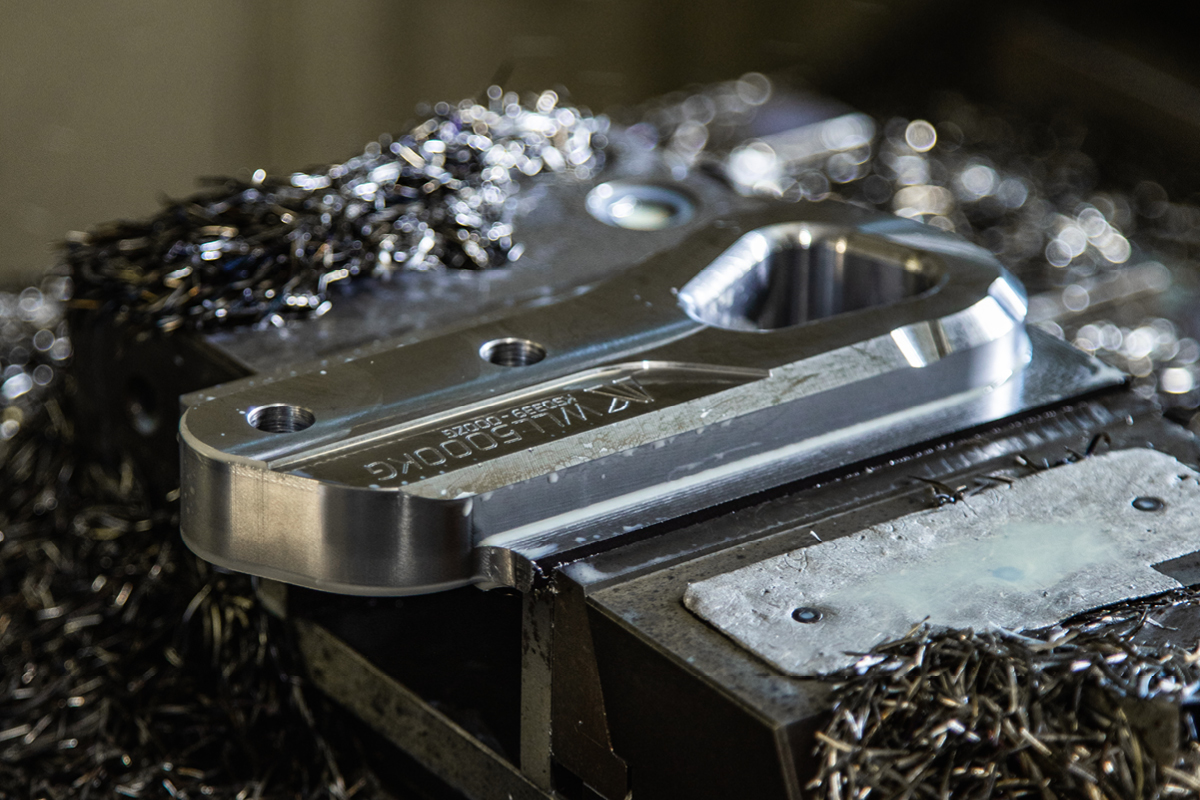
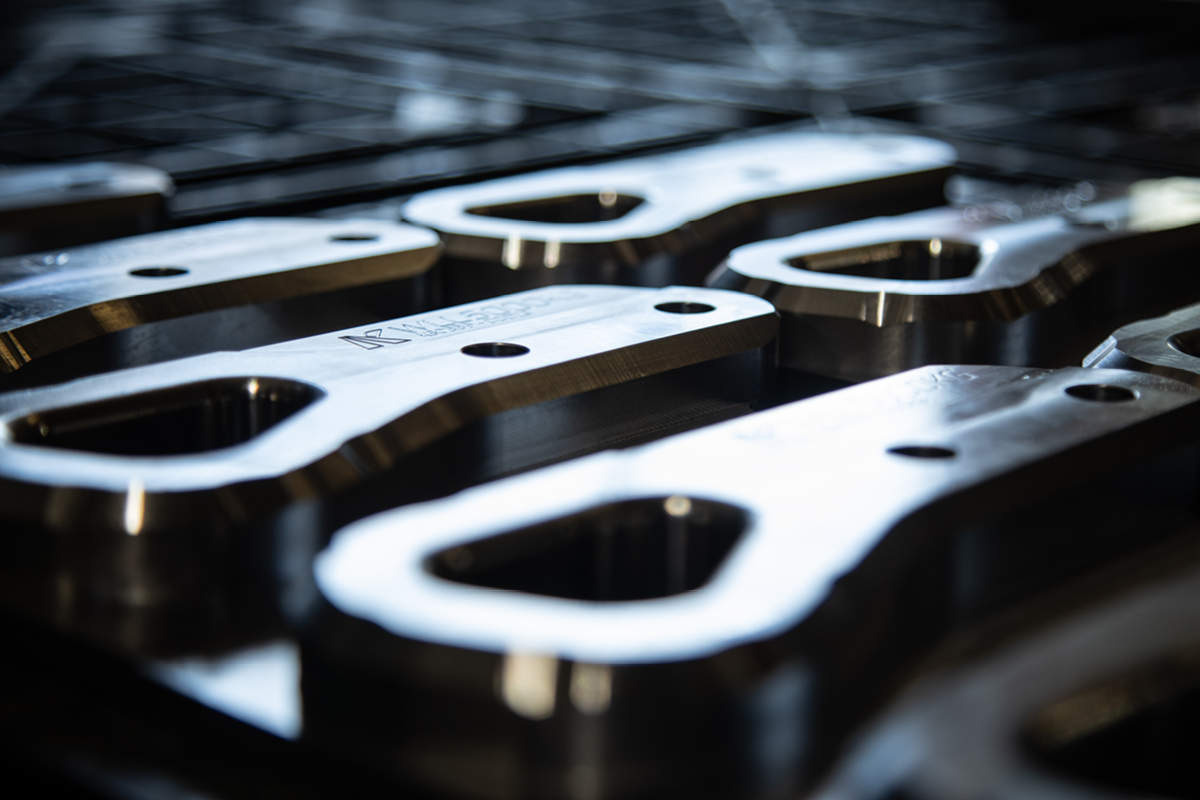
Aesthetics
Many options on the market are simply laser cut and powder coated plate steel. That’s fine and does the job, but where’s the fun? After all, why should a recovery point merely be functional? Why can’t it be something that feels and looks incredible too?
We like to go one step further with our recovery points, adding notched radius details, and engraving our signature ‘K’ in for good measure. Even when deciding on the final shape of our points, we take steps to ensure they’re as good-looking as they are tough.
Are Rated Recovery Points Worth It?
We think so. There are a lot of considerations that go into the design, development and testing of a rated recovery point to ensure they'll perform safely off-road.
Because of this, they can feel like a bit of an investment when you’re kitting out your car. But when you’re out on the tracks and a stressful recovery situation appears, we know we're always glad for the peace of mind that a rated recovery point offers, and we think you will be too.
Found yourself off-track? Our team is on hand to help you get unstuck.